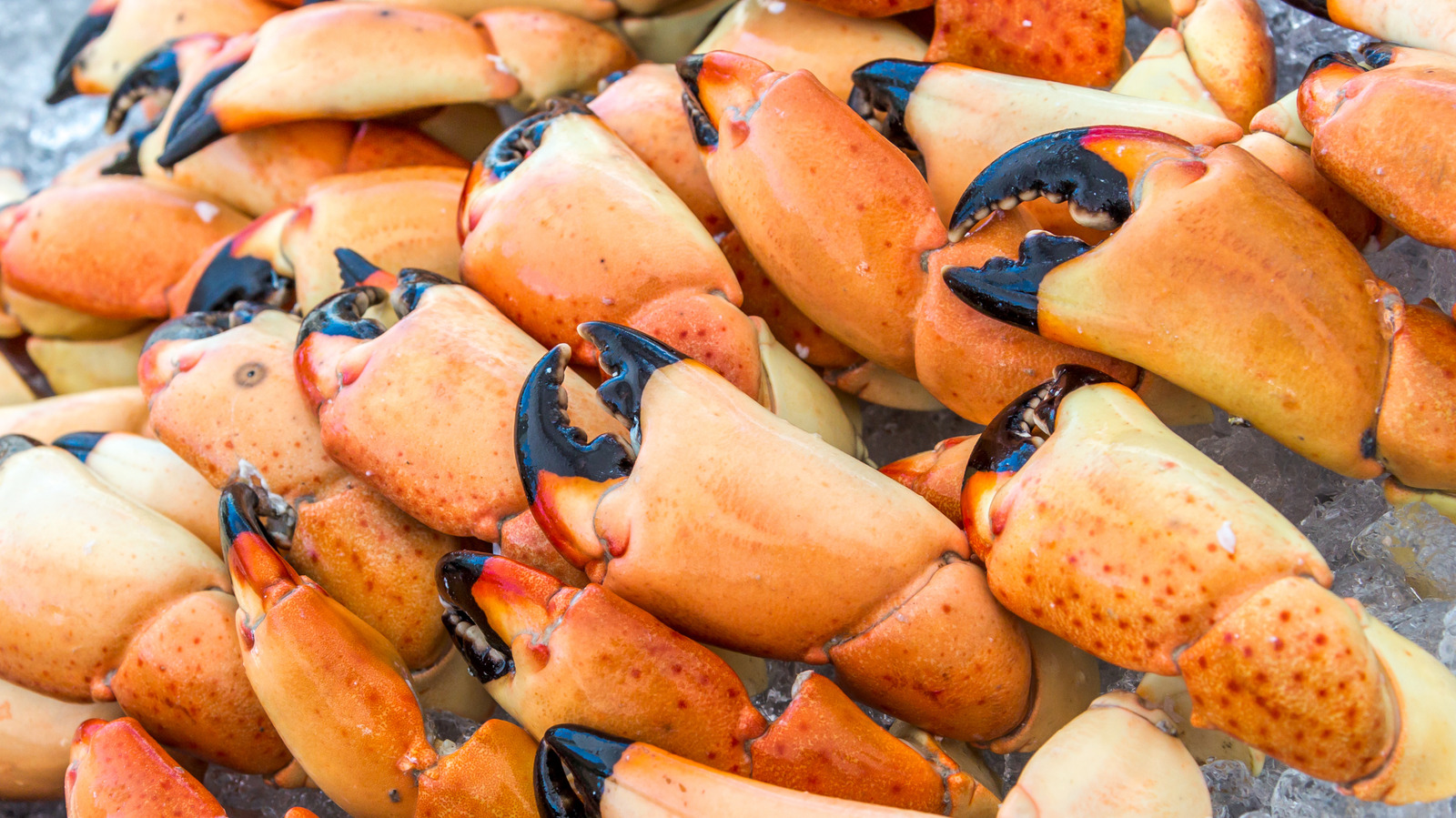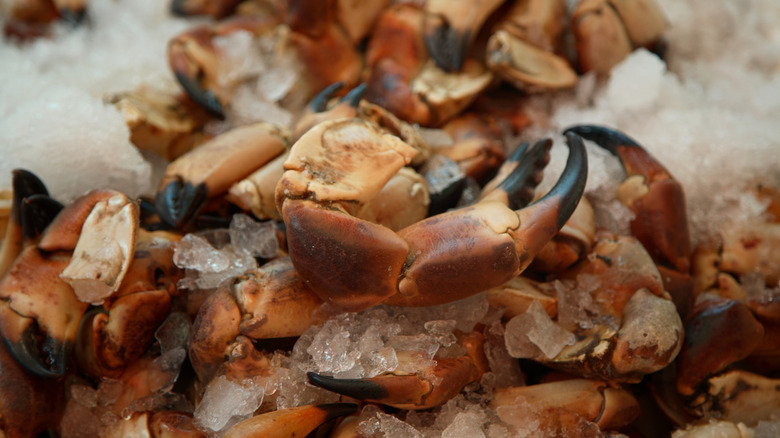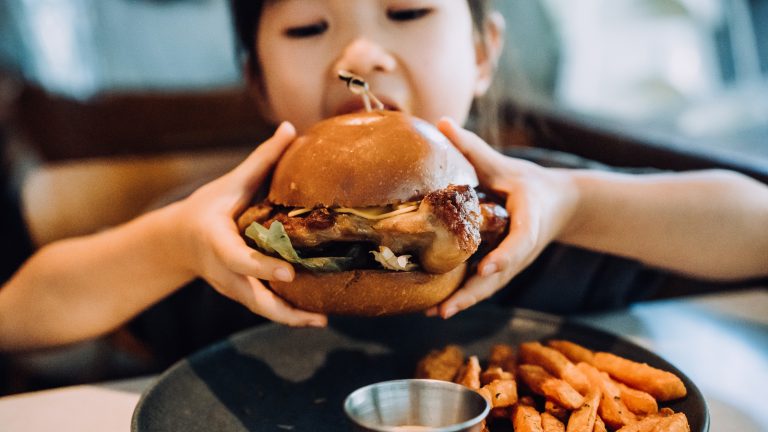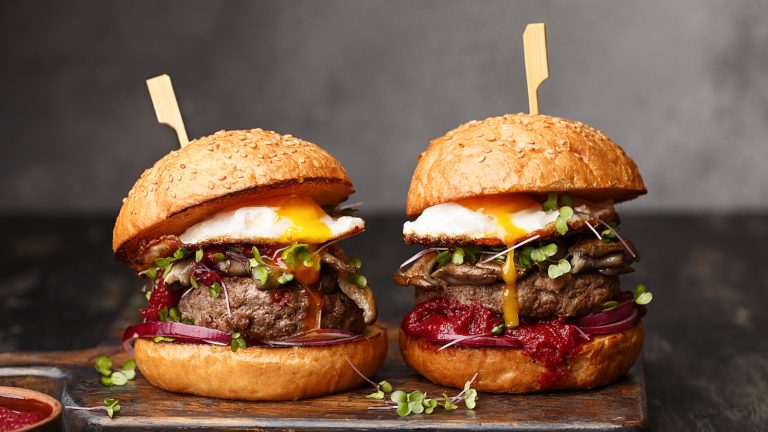When it comes to seafood, freshness is everything, but with stone crab claws, it is not just a matter of taste, it’s about safety. These claws aren’t just cooked for convenience; they are cooked because they have to be. Stone crabs are one of the few crustaceans harvested in a uniquely sustainable way, as only the claws are taken. Once one or both claws are removed, the crab is returned to the ocean alive, where it can regenerate them over time. But that is where the clock starts ticking.
Unlike lobster or shrimp, stone crab claws begin to spoil almost immediately after detachment. The reason? Enzymes and bacteria in the crab’s muscle tissue go into overdrive the moment the claw is removed, quickly degrading the meat. If left raw for even a short period, the claw meat becomes mushy, off-smelling, and ultimately inedible.
That’s why commercial crabbers cook the claws on the boat or dockside, right after harvest. Boiling them halts the enzymatic breakdown, locks in texture, and makes them safe for transport and sale. That’s also why, when you buy stone crab claws at the grocery store or seafood market, they’re already cooked as there is simply no safe way to sell them raw.
Stone crab is pre-cooked for peak flavor
Here’s a bonus reason to embrace the pre-cooked claws: flavor. Cooking the claws immediately after harvest doesn’t just preserve texture, it actually enhances the natural sweetness of the meat. Rapid boiling sets the proteins at just the right point, locking in that briny, buttery richness stone crab is known for. Since they are mostly served chilled, there’s no need to fuss with complicated prep or the classic crab seasoning of Old Bay. Just crack, dip, and enjoy — straight from fridge to feast.
So, what does this mean for you? First, know that you’re buying a product that’s already been expertly timed and handled to preserve peak flavor and quality. Second, don’t try to re-cook them. Stone crab claws are best enjoyed cold, cracked, and served with any of hot mustard sauces or spicy lemon garlic butter sauce. Gently warming is okay if you must, but anything more risks drying them out.
One last tip: If you are lucky enough to snag some fresh claws, store them in the coldest part of your fridge and eat them within a couple of days. Just like the pros, you are working against the clock. So, when it comes to preparing and cooking crab, fresh may be fleeting, but more so proper handling makes it absolutely worth it.






